
Event influencer marketing has moved from “experimental” to essential. Creators now shape what people watch, wear, eat—and which events they attend. When you pair the right voices with the right audiences and give them room to tell your story authentically, you can turn awareness into measurable ticket sales.
In 2025, creators are a trusted bridge between brands and communities, especially for younger demographics. Audiences don’t just want ads; they want a credible recommendation from someone who speaks their language. For events, that means tapping creator trust to spark discovery, elevate FOMO, and drive conversion.
This guide breaks down how event influencer marketing works, how to choose the right creators, how to build a strategy that converts, and how to measure ROI—plus real examples and pitfalls to avoid. By the end, you’ll have a practical playbook you can adapt to your next launch, festival, conference, or community meetup.
Event influencer marketing is a strategy that partners your event with creators whose audiences align with your theme, location, and buyer persona to drive awareness, consideration, and conversions (ticket purchases, registrations, RSVPs). Unlike broad paid media, it leverages creator trust, social proof, and platform‑native storytelling to move people from discovery to “I’m in.”
How it differs from traditional marketing:
Message source: Instead of brand‑first ads, creators deliver your message through a voice their audience already trusts.
Format: Short‑form video, livestreams, and UGC perform better than polished spots because they feel native to social feeds.
Targeting: Creators bring built‑in micro‑communities (niche music scenes, local foodies, Salesforce admins, runners) that mirror your attendee personas.
Core components of event influencer marketing:
Influencers/creators: Individuals with credibility and an engaged audience in a niche relevant to your event.
Audience: The community you need to reach—defined by interest, location, and buying stage (early fans, fence‑sitters, last‑minute buyers).
Event goals: Clear outcomes tied to the funnel: awareness (reach, shares), consideration (clicks, saves), conversion (adds‑to‑cart, tickets sold).
The Loopyah Content Team shares expert insights, practical guides, and industry updates to help event organizers create unforgettable experiences and stay ahead in the event planning world.
marketing
Trust drives ticket intent, and creators still command it—especially with Gen Z and millennials. Research shows that a majority of these cohorts rely on creators when deciding what to buy. In other words, the right recommendation can cut through skepticism and catalyze action for your event.
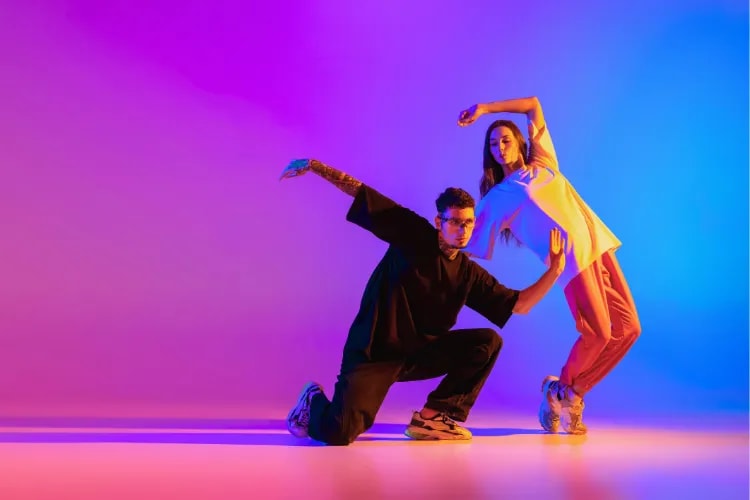
Creators also function as “cultural guides,” helping audiences navigate what’s worth their time and money. That’s powerful for event marketing where the value proposition is experiential and time‑bound.
Source: The 2025 Influencer Marketing Guide reports majority trust in creator guidance among younger audiences.
Creators deliver communities that map to your event’s theme and geography—vinyl collectors in London, vegan foodies in Miami, AI product leads in San Francisco. They also master platform‑native tools that compress the path from discovery to action: countdown stickers, link in bio, social shop links, lead‑gen forms, and retargetable viewers.
This precision is especially useful for regional events, niche conferences, and category‑specific festivals. Instead of paying for broad reach, you pay for people likely to care.
Audiences reward content that feels real. That usually means co‑creating briefs and giving creators space to tell their own story—behind‑the‑scenes footage, “come with me” vlogs, raw reactions, top‑5 lists, packing tips, or mini‑interviews with speakers/artists.
Start with your attendee persona and event promise. Match creators to your theme, city, and community—look for topical alignment (music genre, cuisine, professional discipline) and audience geo. Comment sections reveal a lot: Are followers local? Do they tag friends who would attend? Do they ask practical questions (price, schedule, travel)?
Evaluate saves, shares, average views vs. followers, and comment quality. A micro‑creator with 20K followers and 15K average views plus thoughtful comments can beat a 300K account with low resonance. Scan for spikes or irregularities that might signal inflated metrics.
Choose creators whose tone and values align with your event. If your conference champions accessibility and sustainability, prioritize creators who already model those behaviors. Authentic fit makes disclosures feel transparent instead of transactional.
Balance scale with substance. Mid‑tier and niche creators often deliver the strongest cost‑per‑action because their communities are tight‑knit. For large, diverse festivals, mix tiers: a couple of broad‑reach names for awareness plus a bench of niche creators to convert specific segments.
A quick vetting checklist:
Audience geography matches event location (50–80% in‑market is ideal for regional events).
Resonance metrics: saves, shares, completion rate, and thoughtful comments vs. generic emojis.
Brand safety: content history aligns with your values; no recent controversies; clear stance on disclosures.
Content fit: Can they naturally create the format you need (Reels/TikTok/Shorts, Lives, carousels)?
Tie creator activations to a funnel milestone, then brief for that outcome:
Awareness: reach, video completions, profile visits, new followers; goal is event discovery and FOMO.
Consideration: link clicks, saves, adds‑to‑calendar, email sign‑ups, remixes/duets; goal is shortlist and share.
Conversion: adds‑to‑cart, tickets sold, discount code redemption, last‑mile retargeting; goal is sell‑through.
Build your schedule around key moments—pre‑sale, on‑sale, lineup/speaker drops, price‑tier changes, and last‑chance reminders. For more timing tips, see our event marketing timeline guide.
Budget by objective and tier. For awareness, reserve funds for a few larger creators and paid amplification of their posts. For conversions, concentrate on a roster of niche and mid‑tier creators with strong geo fit and high average views. Track costs at the creator/post level to benchmark cost‑per‑reach, cost‑per‑click, and cost‑per‑ticket across tiers.
Map formats to the buyer journey and your event’s story. High‑performing ideas include:
Announcement hooks: “3 reasons I’m going to…,” “Lineup just dropped,” “Speaker I can’t miss.”
Proof and social currency: past highlights, fan reactions, mini‑interviews with talent/speakers, behind‑the‑scenes load‑in.
Utility content: travel/packing tips, venue map walkthroughs, accessibility info, food options, seating choices.
Conversion moments: early‑bird countdowns, tier changes, “one day left” reminders, promo codes, and links to buy.
Plan how you’ll repurpose creator assets across your channels—website, email, paid social, and on‑site displays. Build usage rights into contracts for a defined period, including whitelisting for paid ads.
Keep nurture in mind too; creator content pairs well with email sequences that turn interest into purchase. For a deeper dive on emails, read our event email marketing strategy guide.
Great briefs protect authenticity while ensuring compliance and conversion. Include:
Story and value: who the event is for, what makes it special, and the specific attendee benefit.
Deliverables: formats, counts, aspect ratios, deadlines, and on‑site access (e.g., creator lounge, meet‑and‑greet windows).
Hooks and CTAs: core talking points, required links/UTMs, discount code, and any required tags/hashtags.
Usage rights and paid amplification: duration, territories, whitelisting permissions, and approval flow.
Disclosure: clear, conspicuous language (e.g., “Ad,” “Sponsored,” “Paid partnership”).
Creators aren’t just ad inventory—they’re collaborators who shape the message and the medium. Treat them like partners and your audience will feel that respect.
Want to build a scalable bench of advocates? Blend paid creator work with a formal ambassador track. Our guide to event ambassadors shows how to recruit, activate, and reward super‑fans.
Move beyond vanity metrics to a balanced scorecard that captures attention quality and transactions. Core metrics:
Attention and engagement quality: average view duration, completion rate, replays, saves, shares, and comment relevance.
Traffic and intent: profile visits, landing page CTR, time on page, add‑to‑calendar, email sign‑ups.
Commerce: adds‑to‑cart, tickets sold by link/code, refund rates, CPA, ROAS/ROI.
Standardize tracking from post to purchase. Generate GA4 UTM parameters for every creator post and story, and align naming conventions across all partners:
utm_source=creator_name
utm_medium=influencer
utm_campaign=eventname_2025_phase
Install platform pixels (Meta, TikTok, YouTube) and configure attribution windows so view‑through effects are captured—not just last clicks. Within your ticketing stack, ensure conversion events (view event, add to cart, purchase) are firing correctly and mapped back to each creator.
If you’re evaluating event tools that make this easier, explore Loopyah’s event software features for integrated tracking, promo codes, and attendee messaging.
At the campaign level, benchmark cost‑per‑ticket (CPT) and return on ad spend (ROAS). A simple model:
CPT = Total creator spend ÷ Tickets sold attributed to creator links/codes
ROAS = Ticket revenue attributed ÷ Total creator spend
Layer in lifetime value where relevant (e.g., conferences with annual renewals). Track performance by tier and content format so you can reallocate budget to what drives the lowest CPT without sacrificing momentum.
Compliance matters for both results and trust. Ensure disclosures are clear and conspicuous across short‑form video, livestreams, and captions. See the FTC’s guidance on endorsements here and build disclosure language directly into your contracts.
A UK dance festival paired creator partnerships with platform‑native tools and saw outsized returns. By commissioning TikTok‑native content, activating creator audiences during on‑sale windows, and amplifying top posts with paid, the team attributed a majority of paid ticket sales on social to TikTok—driving both sell‑through and follower growth. The lesson: creator content plus platform amplification can move real tickets, not just impressions.
Salesforce’s community influencer strategy (MVPs and Marketing Champions) mobilizes experts to educate and energize the Trailblazer community. Around tentpole moments like Dreamforce, these advocates host sessions, share tips, and rally their networks—contributing to in‑person attendance in the tens of thousands and sustaining a year‑round content flywheel. The lesson: structure matters; formal advocate programs compound reach and credibility in B2B.
At a major culinary festival, an influencer‑led program within the event grew venue size annually due to demand from fans and sponsors. Organizers cite it as “easy to sell” because attendees crave proximity to their favorite food creators and the content moments that come with it. The lesson: design creator‑centric experiences—meetups, demos, collabs—to increase both ticket sell‑through and sponsorship density.
Mistake: Selecting based on follower count alone. Fix it by vetting audience geography, comment quality, and content fit. Ask for screenshots of audience demographics and top locations; review 30–60 days of posts for resonance.
Mistake: Loose expectations around deliverables, usage rights, and disclosures. Fix it by issuing a tight creative brief and SOW that clarifies timelines, approvals, and required language. Build in a simple review workflow and designate a single point of contact.
Mistake: No standardized UTMs or creator‑level reporting. Fix it by instrumenting GA4, platform pixels, and creator/post‑level UTMs before launch. Share a dashboard weekly and reallocate budget based on cost‑per‑ticket and engagement quality.
Event influencer marketing is no longer a nice‑to‑have. It’s an addressable, measurable growth lever when you align the right creators to the right audiences, brief for authenticity, and measure rigorously. Done well, it accelerates discovery, amplifies social proof, and turns FOMO into sold‑out banners.
Start small if you need to: pick three niche creators with strong local alignment, brief them for one awareness post and one conversion post each, and track results with clean UTMs. Repurpose the best assets across email and paid. Iterate toward a repeatable playbook.
When you’re ready to scale, bring your tools together so you can move quickly from content to checkout. With Loopyah, you can manage promos, track conversions, and nurture attendees post‑purchase to fuel the next event cycle.
Looking for more ideas to round out your campaign? Browse our resources on creative event promotion ideas, or use this planning checklist to keep your launch on track.
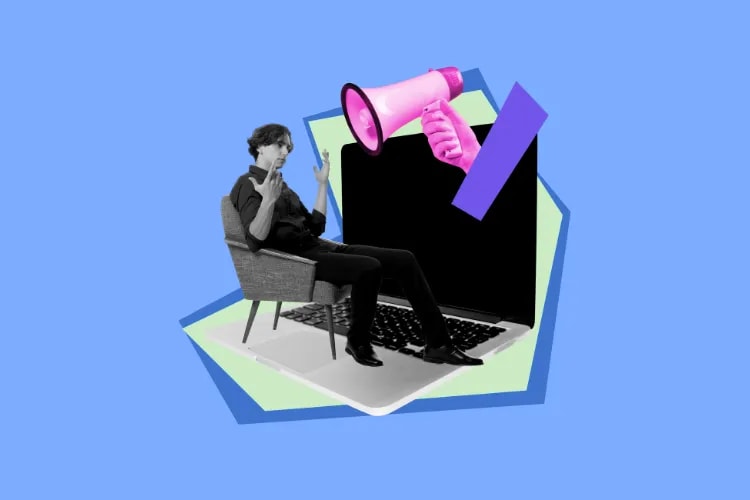
marketing

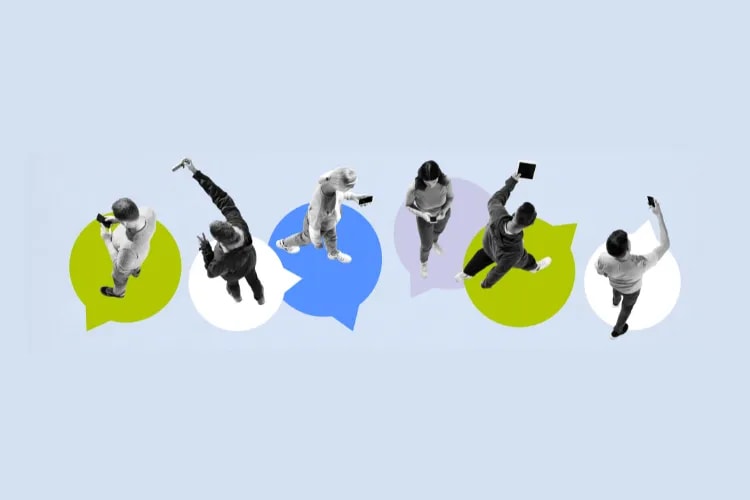
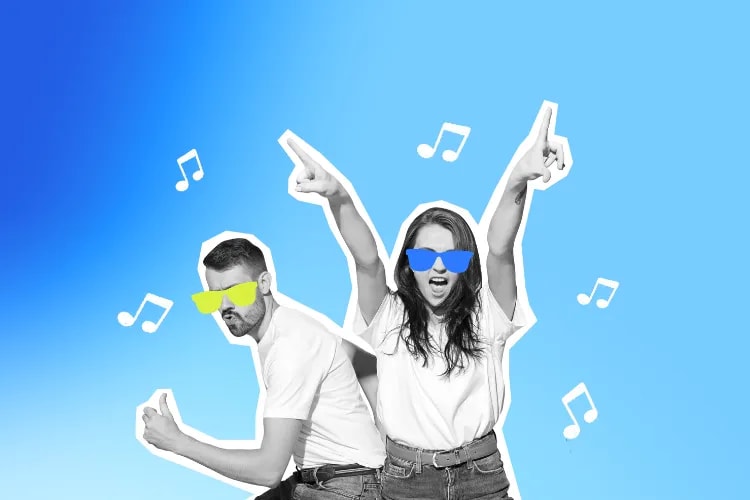

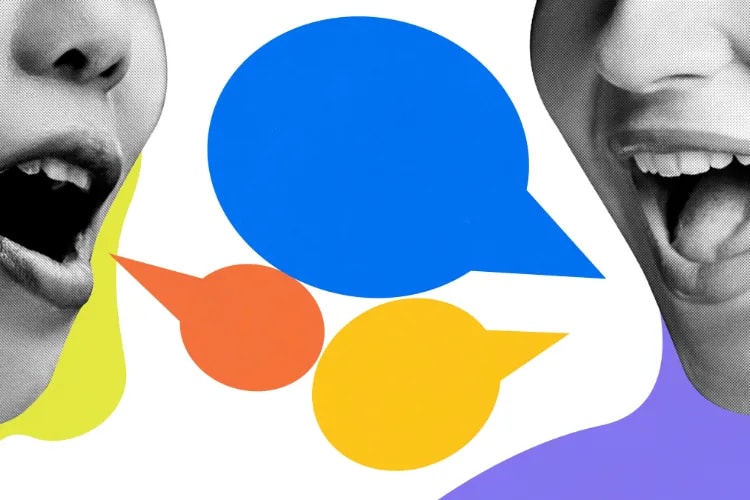
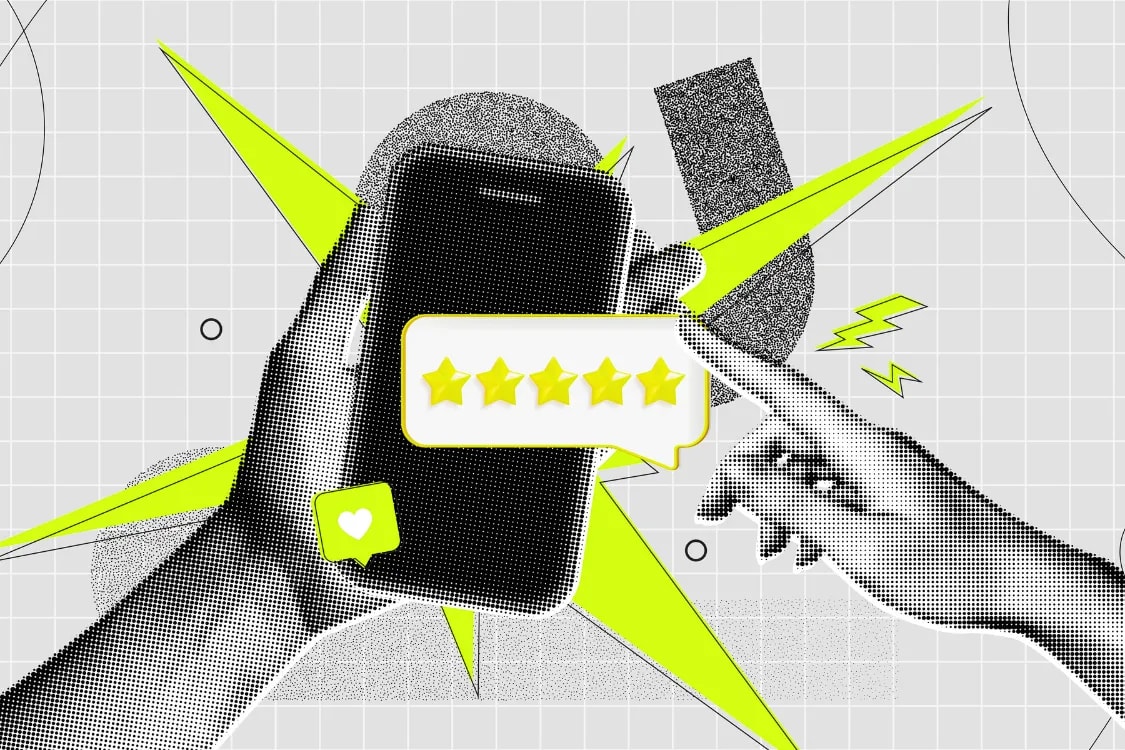

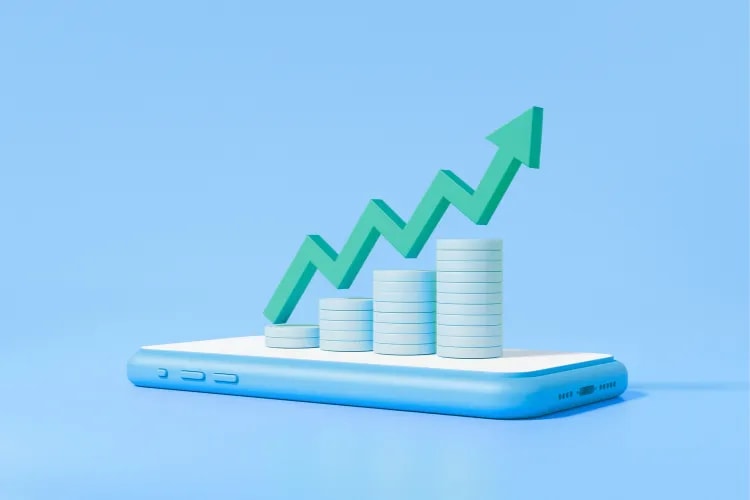
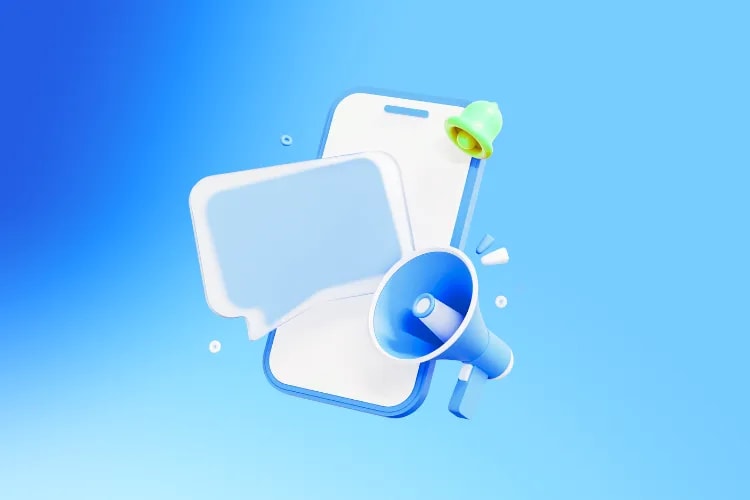
marketing
marketing
growth
growth
marketing
marketing
marketing
selling
planning